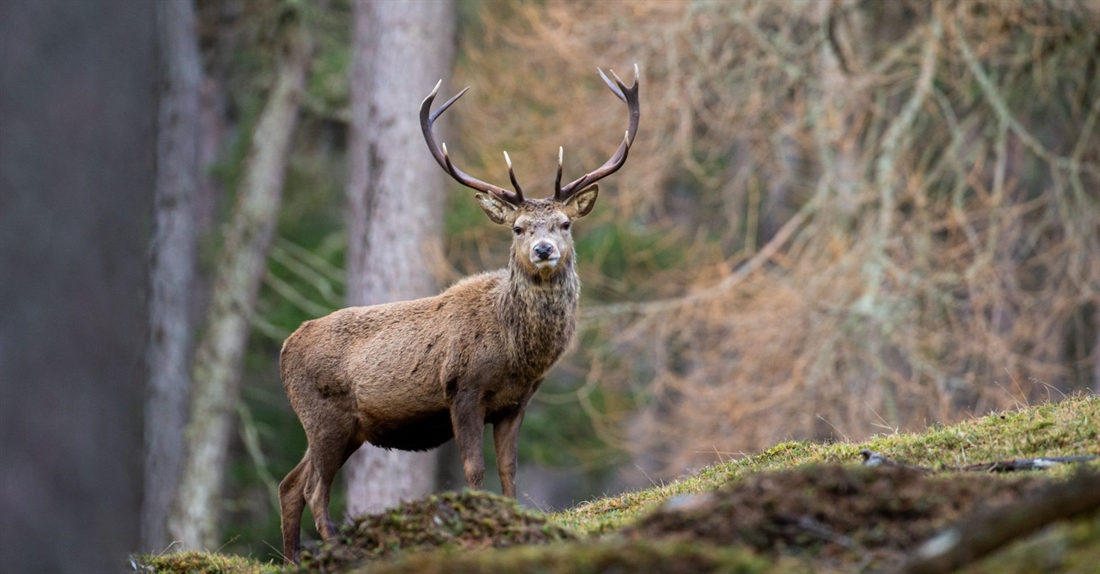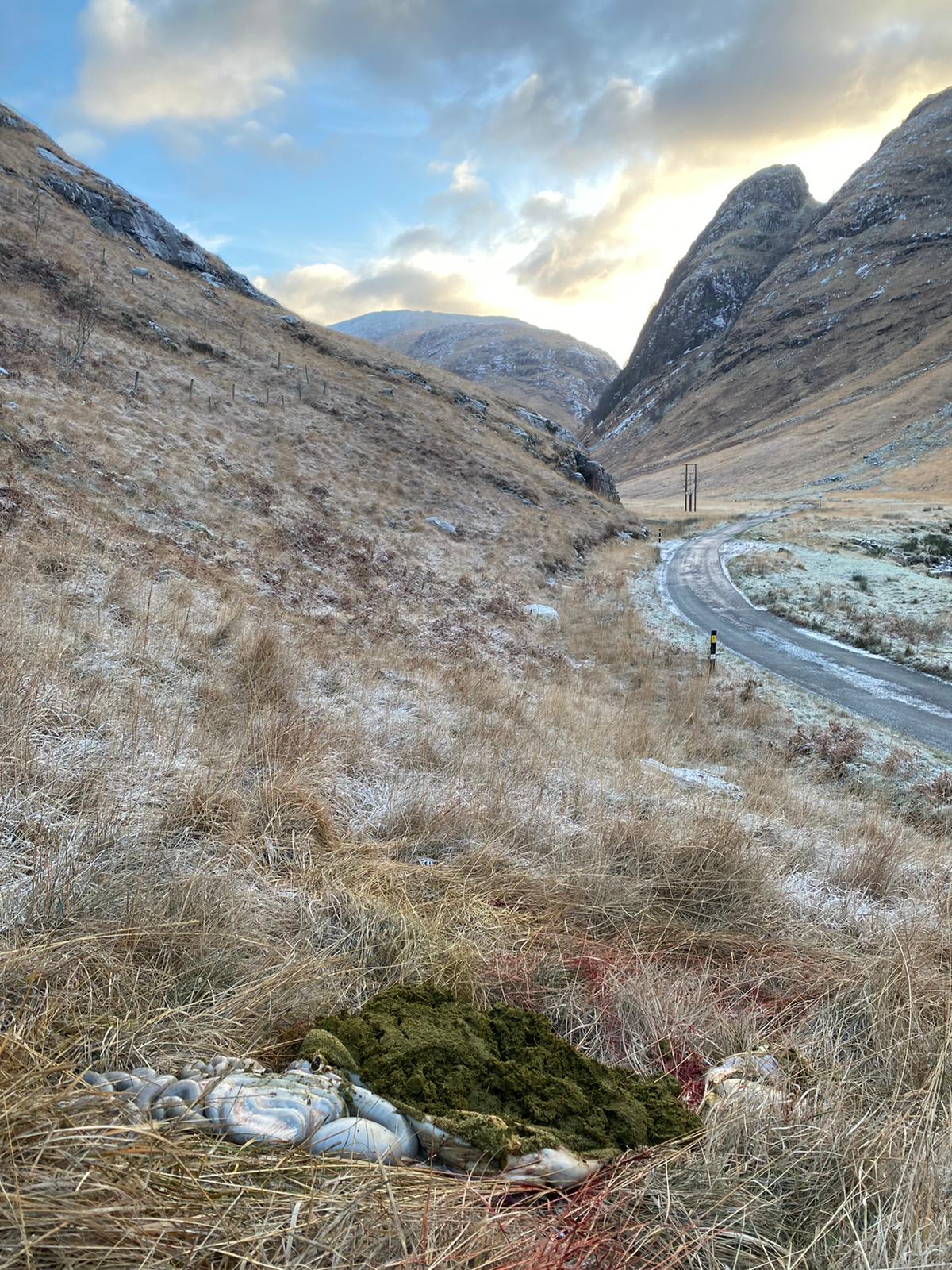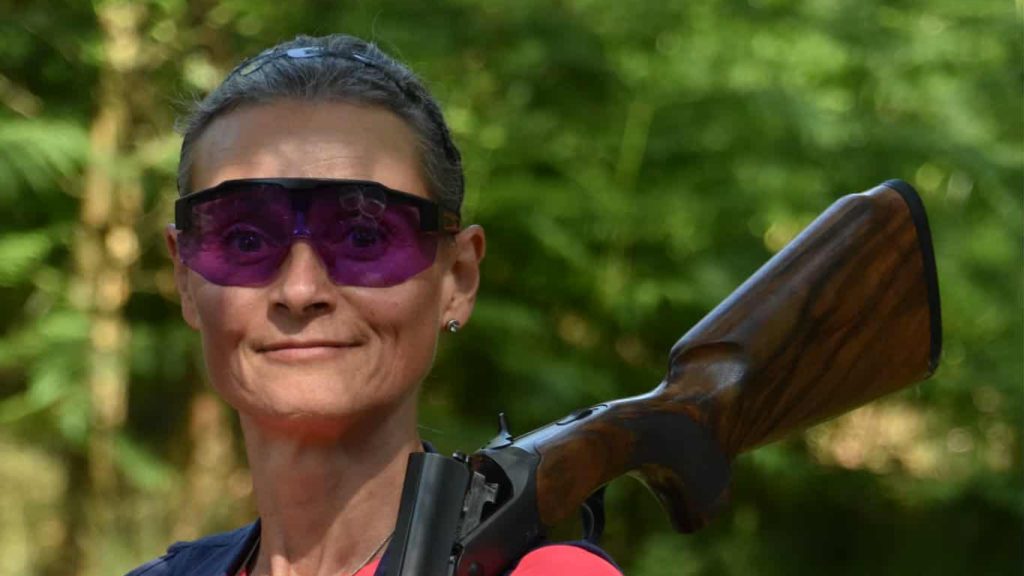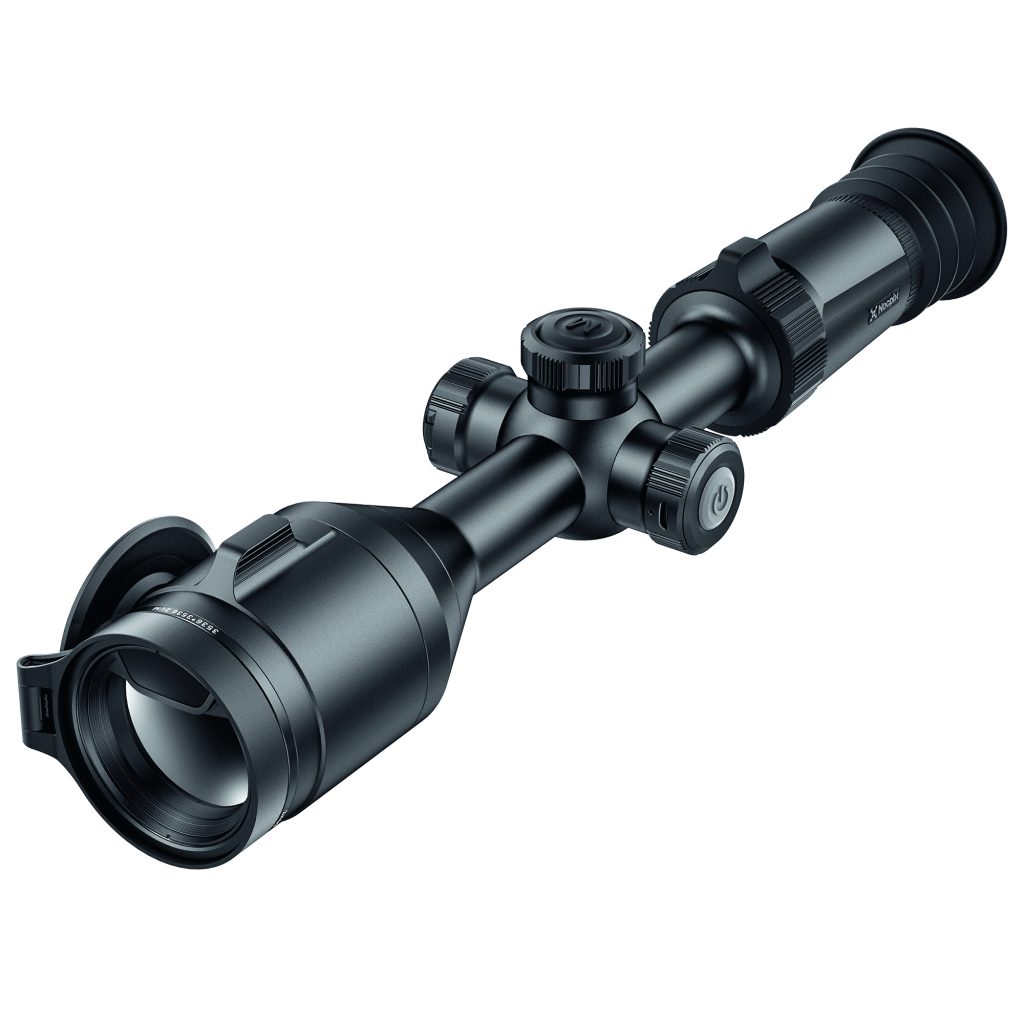‘Like taking the reindeer from the Sami people’
A National Trust for Scotland out-of-season deer cull in Scotland’s iconic Glen Coe could mark the end of life as they know it for the last of the ‘hill people’.

A controversial out-of-season deer cull could clear the last ‘hill people’ from Glen Coe. That is the fear of Scotland’s gamekeepers, who believe a National Trust for Scotland tree regeneration plan will close a chapter in Scotland’s cultural heritage.
National Trust contractors have begun an out-of-season stag cull, at night, which will see local populations in the iconic Glen reduced from an average of eight deer per sq km to only 1 deer per sq km in some parts.
Worried local deer stalkers have told the Trust that, if the regeneration plan on their nature reserve is to have any chance of succeeding, they will have to kill every last deer in the Glen.
Hundreds will have to be shot, with the Trust aware that stags weakened by the rut will be held within the Glen by winter snowfall, trying to find shelter and food – they will be easy targets, hungry and exhausted, with deer from Rannoch Moor and Glen Etive filtering into the area too.
Already there are reports of deer ‘grallochs’ or entrails being left metres from a public road, and reports of a shot Stag almost hitting a driver’s van as it rolled down a hillside in Glen Etive. Pictures have emerged of blood-stained snow not far from the site of the infamous night massacre of MacDonald clansmen by government forces in 1692.
Talking to The Scottish Farmer, Forestry and Land Scotland’s head of wildlife management, Ian Fergusson, said: “The current high levels of deer numbers pose a particular threat to establishing young trees and areas of forest regeneration which are a vital part of Scotland’s response to the climate emergency.”
However, the local stalkers insist that outside of winter, the Glen Coe’s average population densities are below the Scottish Government’s nationwide target of 10 deer per sq km. These people rely on the deer for income in an area where few other forms of income exist. Management practices and seasons are in place to protect the welfare of the deer, as well as the flora of the local area, and to ensure no young are left motherless before they are able to live independently of their mothers.
Rifle Shooter editor, Paul Austin, commented: “It’s an absolute disgrace, all in the name of rewilding. The truth is, it’s carbon banking/offsetting at the cost of the local communities. Loads of estates are being snapped up by billionaire foreigners so they can offset their oil production footprint. It’s a scam and a paper shuffling exercise that’s destroying the rural economy up there. In 30 years, all these tens of millions of trees will be cut down for lumber, and all the carbon will end up back in the atmosphere. Open grassland and moor are a far more efficient way of sequestering carbon. It’s a terrible, short term workaround that will do more harm than good and kill those fragile upland communities in the process.”
 ‘Like taking the reindeer from the Sami people’
‘Like taking the reindeer from the Sami people’
“We are deeply concerned for the futures of our members and their families,” said Alex Hogg, MBE, Chairman of The Scottish Gamekeepers Association. “This is a fragile community. If ever there was an argument to say that socio-economic impacts should be properly considered, it is here.
“Put simply, if the deer go, so will the last remaining hill people and their families in Glen Coe and the surrounding area.
“We will be writing to Scottish Government, in the first instance, to ask what socio-economic impact assessments have been done and if a seed source exists for trees to regenerate from.
“The local stalkers are not against regeneration. They are not unreasonable. Given the impacts and topography, they just feel this is the wrong place. The environment is important but, as part of a just transition, people and communities must be considered, too. Their view is that their jobs are not being considered at all.”
Twelve local jobs and family homes are still dependent on deer stalking today, as well as indirect and seasonal jobs, with the children of professional stalkers attending local schools.
Very few sources of alternative employment exist for the workers in the area.
As well as anxiety over jobs and deer welfare, shots are also being fired in the dark, close to the busy A82, which is classed as one of the most memorable driving routes in Scotland.
“If this is what comes to pass, the stalkers want the public to know why, and who is doing it. They want to give voice to their community. In this Glen, it will be like taking the reindeer from the Sami people,” added Alex Hogg.
History of Glen Coe
For over a thousand years, the bottom of Glen Coe has been a winter migration ground for deer for miles around; this history is reflected in Gaelic place names such as Larig Eilt (‘the pass of the hind’) and Altnafeadh (‘the burn of the deer’).
In 1935, the National Trust for Scotland bought 12,800 acres of the glen. With the help of donations from a variety of sources, the Trust’s holding has been extended over the years and today covers most of the glen from the edge of Rannoch Moor to the shores of Loch Leven.
Outside of winter, during which the snow brings the deer in from elsewhere, current average population densities throughout the Glen are below the Scottish Government’s nationwide target of 10 deer per sq km.
As well as anxiety over jobs and deer welfare, shots are also being fired in the dark, close to the busy A82, which is classed as one of the most memorable driving routes in Scotland.
“If this is what comes to pass, the stalkers want the public to know why, and who is doing it. They want to give voice to their community. In this glen, it will be like taking the reindeer from the Sami people,” added Alex Hogg.
Related Articles
Get the latest news delivered direct to your door
Subscribe to Rifle Shooter
Elevate your shooting experience with a subscription to Rifle Shooter magazine, the UK’s premier publication for dedicated rifle enthusiasts.
Whether you’re a seasoned shot or new to the sport, Rifle Shooter delivers expert insights, in-depth gear reviews and invaluable techniques to enhance your skills. Each bi-monthly issue brings you the latest in deer stalking, foxing, long-range shooting, and international hunting adventures, all crafted by leading experts from Britain and around the world.
By subscribing, you’ll not only save on the retail price but also gain exclusive access to £2 million Public Liability Insurance, covering recreational and professional use of shotguns, rifles, and airguns.
Don’t miss out on the opportunity to join a community of passionate shooters and stay at the forefront of rifle technology and technique.



 ‘Like taking the reindeer from the Sami people’
‘Like taking the reindeer from the Sami people’
